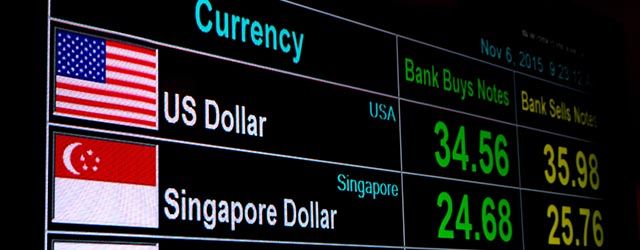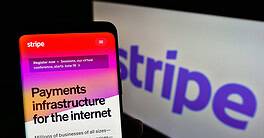In early November, Chinese Communist Party leaders announced plans to make the renminbi a “freely tradable and usable currency” by 2020—when the latest five-year development plan is set to finish—according to a statement by the party’s Xinhua News Agency.

In mid-November, Chinese central bank governor Zhou Xiaochuan stated in a piece in Chinese news outlet Caixin that China would deliver various economic and financial reforms in the coming five years—such as raising, and ultimately abolishing, domestic and foreign quotas in capital markets.
Despite great strides in enabling the use of its currency for global trade, China still has a relatively closed capital account regime. Global renminbi liquidity is still managed by a quota system that controls how much offshore yuan renminbi liquidity is available for specific countries.
And, as Nathalie Antoine, director, renminbi business specialist, FX and commodities, at Westpac Bank, notes, inbound and outbound capital flows denominated in renminbi for business purposes still require regulatory approval prior to settlement. “Policies have been relaxed, but [capital flows] are still regulated in volume and quantity, with Hong Kong being the preferred beneficiary of policy changes due to its natural position with the mainland,” she says.
From a trade-facilitation perspective, the past 12 months have seen rapid development. For example, Raymond Yeung, senior economist at ANZ Bank, cites the launch of the China International Payment System (CIPS). “Shanghai’s Free Trade Zone will soon allow outbound portfolio investment via the so-called Qualified Domestic Individual Investor (QDII2) scheme,” he adds.
But Beijing still restricts the daily movement of its exchange rate. Regulators have announced plans to move to a “negative list” for foreign-exchange regulation that which would give firms more freedom to use the currency in any ways that are not actually prohibited from a regulatory perspective, instead of restricting them to what is allowed under current regulation.
A freely exchangeable renminbi would, among other things, further facilitate non-US-dollar trade, as it would enable businesses to use the currency in the same way as the dollar for settlement. This is especially relevant in countries like Malaysia, Indonesia and Russia whose domestic currencies cannot be used for trade settlement, notes Yeung. “Renminbi being available as [a] usable [settlement currency] in all these jurisdictions allows a choice other than just the dollar, [which] has always been the currency of choice prior to the renminbi internationalization,” he says.
One of the government’s biggest goals with respect to liberalization may be realized just as this issue goes to press. International Monetary Fund staff in late November issued a report saying the renminbi meets its criteria for inclusion in the Special Drawing Rights basket of currencies. “I support the staff’s findings,” noted IMF managing director Christine Lagarde in the report. The IMF’s executive board was scheduled to meet on November 30 to decide on the renminbi’s SDR status.



